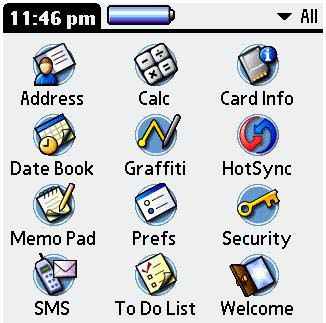Readers have already gotten a taste of the wireless possibilities of e-commerce and the word WAP is clearly on everyone’s lips. I am, therefore, all the more determined to widen the spectrum on wireless and mobile ways of doing business and take you well beyond WAP.

Allow me then to take you into the wonderful world of the palm OS. This is the system that today powers over 75% of the worldwide personal mobile handhelds market.
It all began in 1996 when palm.com introduced the original Pilot 1000 running on the palm OS. To most professionals who wanted an easy way to manage the coming and goings of business, trips, desktop and office work, Palm’s pilot was an attractive option.
Up till then, most Personal Digital Assistants (PDAs) were expensive and data synchronization (transferring data to and from PDAs to a PC) was too difficult. A lot of hand held devices were also DOC-based and not compatible with Windows 9x.
Critics dubbed the Pilot “Small and convenient enough to be worth considering as is remarkably easy.” (More mature readers once will undoubtedly smile at the mention of the once unbeatable filofax…).
Handheld devices have now migraed from “Contact Manager” to “Business Manager” and offer features far advanced than the simple address book. The secret behind all this has been the scalable nature of the Palm OS and its rapid acceptance by both consumers and business users.
From as early as 1997, several thousand developers were inspired to develop software and hardware for the Palm OS. Today, over 140,000 developers create software applications for the Palm OS and over 500 hardware developers create add-on accessories which include modems, Keywords, synchronization cradles and digital cameras.
By the end of 1997, IBM introduced the work Pad, which is a handheld device based on the palm OS. Palm also started licensing the Palm OS Platform to other companies and current licensees include Nokia, Samsung, Handspring, Sun Microsystems, Sony and Acer among others.
Now the “palm Economy” has more than 16 million users and 11,000 commercial applications.